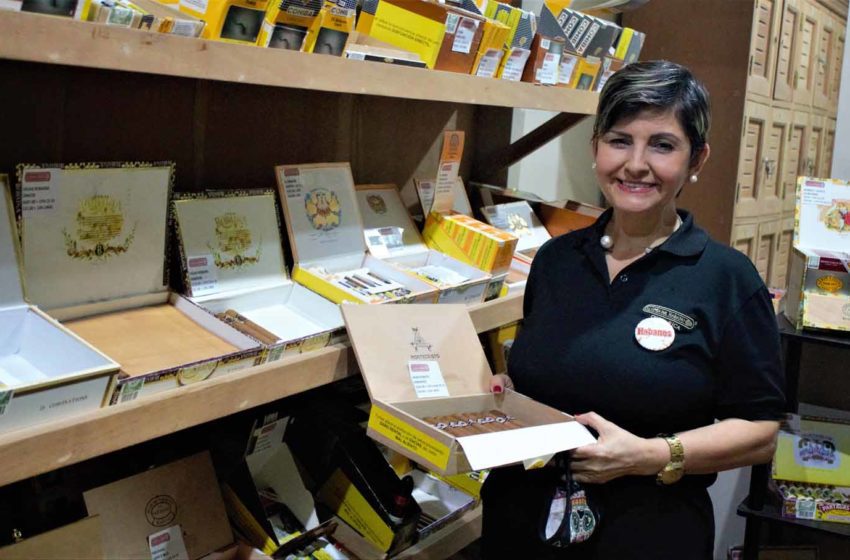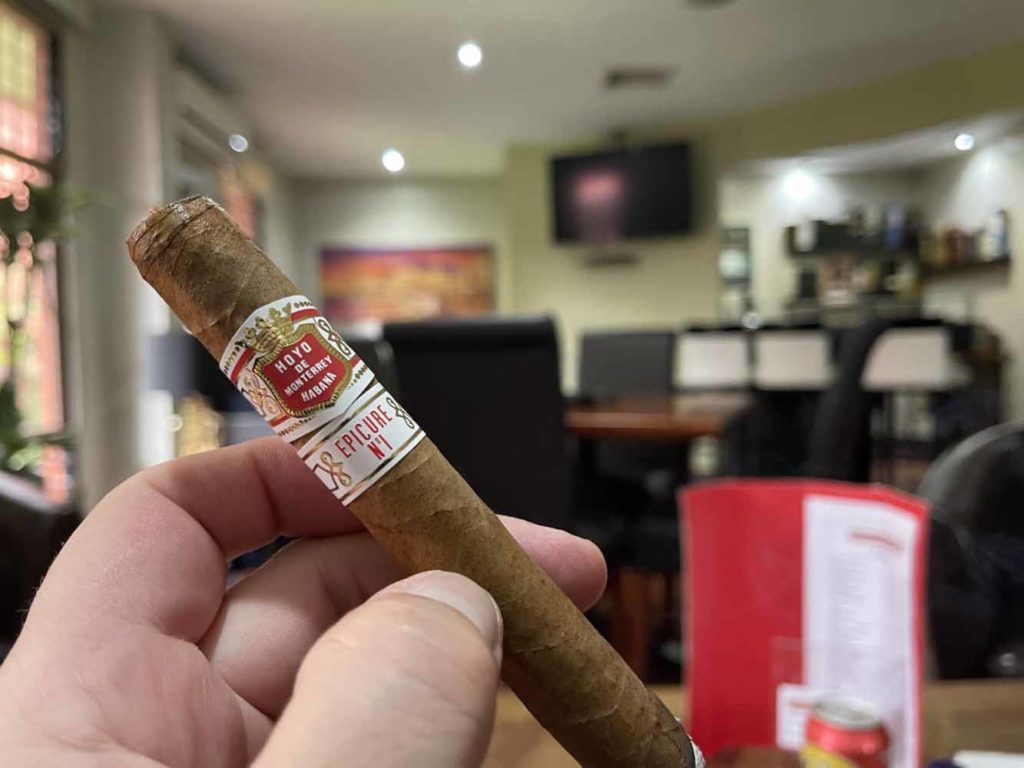
E.P. Carrillo has hired Jorge Luis Fernandez Maique, a former Habanos executive, as its new general manager, according to Halfwheel.
Maique will oversee the operations of Tabacalera La Alianza, the company’s factory in Santiago, Dominican Republic, a move that will free up Ernesto Perez-Carrillo Jr. to travel and explore new types of tobacco that he is looking at using for new projects in 2022 and beyond.
Lissette Perez-Carrillo said Maique’s role will continue to evolve and will likely expand in the future, including bringing him to the United States. “We want to maximize his talents,” she said, adding that he will be contributing his expertise to product development and marketing efforts. There are also discussions about having him lead consumer events.
Maique served as co-president of Habanos from February 2011 to November 2012. He also served as the company’s commercial vice president and oversaw the operations of Coprova, the French distributor of Habanos products, for seven years. He has been credited with being one of the people responsible for the Cohiba Behike line.
















